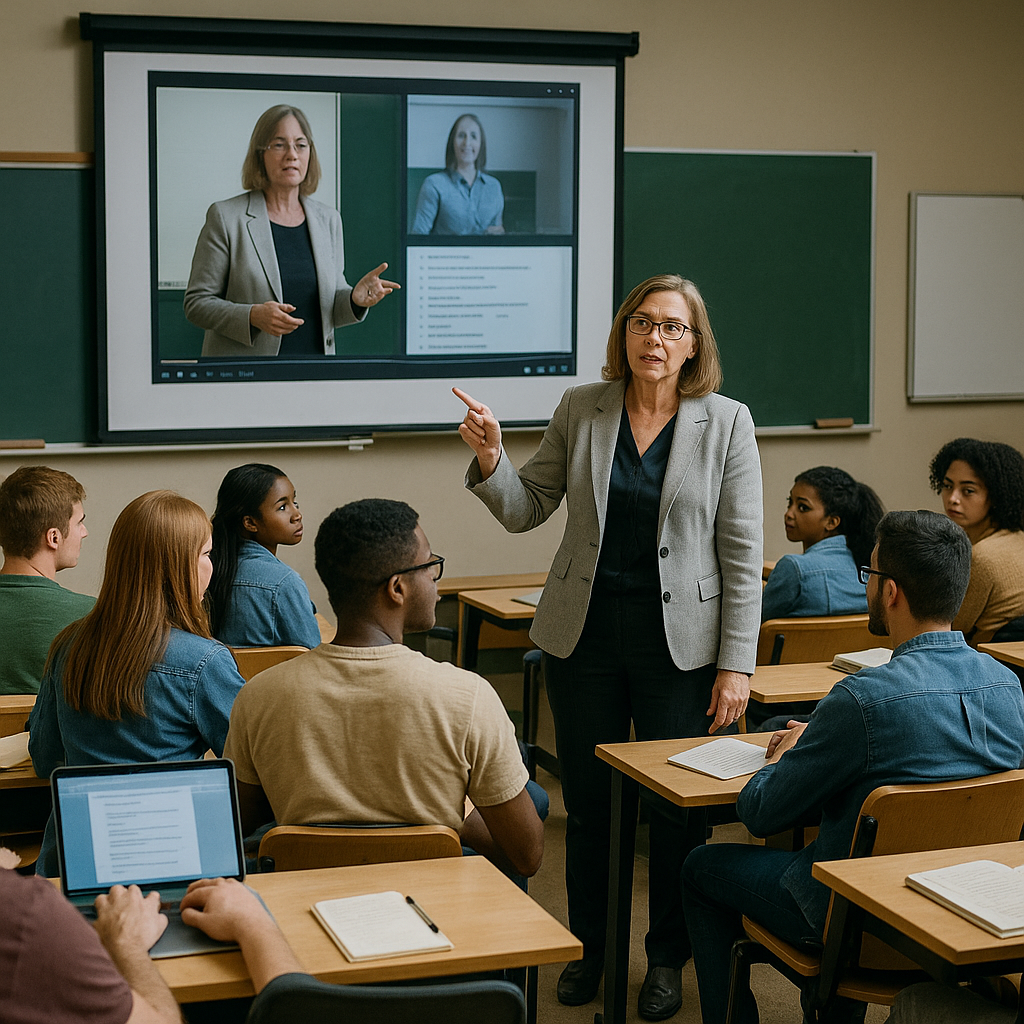Post-COVID higher education: Campus teaching tops student preferences as online fatigue grows
The research makes it clear: students want a blended future, one that combines the best aspects of traditional campus life with the flexibility of digital learning. Practical classes, face-to-face interaction, and vibrant campus communities remain at the heart of student satisfaction, but digital tools that enhance accessibility and revision have earned a permanent place in higher education.

The COVID-19 pandemic has left an enduring mark on higher education, transforming how students learn, interact, and experience university life. A new study reveals that students are calling for a return to traditional campus teaching, while still demanding the flexibility of digital learning introduced during lockdowns.
Published in SAGE Open, the study titled "Higher Education Learning Experiences Pre-, Peri-, and Post-COVID-19: What Will Evolve, and What Will Survive?" provides an in-depth look at what students want to retain, change, and discard from their pandemic learning experiences. Using surveys of nearly 3,000 final-year undergraduates and focus groups, the authors uncover shifting attitudes toward teaching methods across three academic years, before, during, and after the pandemic.
How did learning experiences change across the pandemic?
The study traces three distinct phases of student experience. Before COVID-19, students enjoyed a rich, on-campus learning environment marked by high engagement, social interaction, and practical classes. The traditional format delivered the “full university experience” students had anticipated, with lectures, seminars, and community-building activities all contributing to satisfaction.
During the pandemic, the rapid shift to Emergency Remote Teaching disrupted these expectations. Students faced isolation, disorientation, and a lack of motivation as campuses shut down and learning moved online. While many struggled with self-directed study, distractions at home, and inadequate digital access, there were positives. The convenience of avoiding long commutes, improved work-life balance, and increased access to recorded lectures stood out as benefits. Online flexibility also supported students with mental health challenges and those who preferred to learn at their own pace.
After restrictions lifted, students overwhelmingly favored returning to campus for the social aspects and higher-quality teaching. However, they wanted to keep some of the digital practices adopted during lockdown, especially lecture recordings and occasional online participation. The study highlights that the “new normal” in higher education is not about choosing one mode over the other, but integrating the strengths of both.
What do students want higher education to keep and change?
Across the board, campus-based learning scored highest for effectiveness, satisfaction, and its role in building positive learning communities. Practical classes, small group work, and large in-person lectures were consistently rated as the most beneficial. Students also expressed a strong desire for interactive, community-oriented learning environments that online platforms often failed to replicate.
At the same time, recorded lectures emerged as one of the most requested features to retain. Students praised recordings for enabling revision, supporting those who missed sessions due to illness or caring responsibilities, and helping those with learning disabilities. Hybrid approaches also received support, particularly from part-time students and those with caregiving duties, who benefited from flexible participation options.
Conversely, some aspects of online learning were widely disliked. Pre-recorded lectures, blended/hyflex models, and online discussion boards received low ratings for learning effectiveness and engagement. Many students reported that online learning lacked the structure and support they needed, with some criticizing the quality of digital teaching during the pandemic.
What are the implications for the future of higher education?
The findings suggest universities must carefully balance student preferences as they plan for the future. The study recommends prioritizing on-campus teaching for most courses, especially those involving practical elements and strong community-building. However, institutions should also retain complementary digital tools, such as recorded lectures and flexible access options, that enhance the learning experience without replacing in-person interaction.
The research also highlights important demographic differences. Students with learning difficulties reported that they benefited more from on-campus teaching, finding online formats less effective and more isolating. Meanwhile, part-time students and those with caring responsibilities valued online components that allowed them to manage their commitments alongside their studies. These findings emphasize the need for universities to design learning environments that accommodate diverse student populations.
Looking ahead, the authors stress that universities should minimize reliance on pre-recorded lectures and online discussion boards, both of which were unpopular. Instead, institutions should focus on integrating interactive, high-quality teaching practices, whether delivered in person or online. The study also underscores the importance of maintaining student support services, addressing digital inequality, and ensuring that any technology-enhanced learning is inclusive and accessible.
The research makes it clear: students want a blended future, one that combines the best aspects of traditional campus life with the flexibility of digital learning. Practical classes, face-to-face interaction, and vibrant campus communities remain at the heart of student satisfaction, but digital tools that enhance accessibility and revision have earned a permanent place in higher education.
- FIRST PUBLISHED IN:
- Devdiscourse










